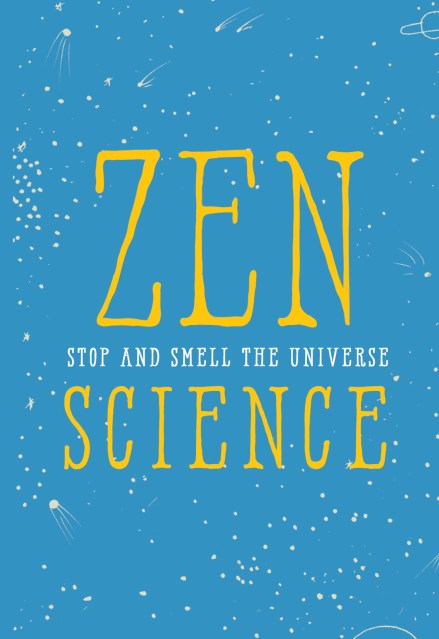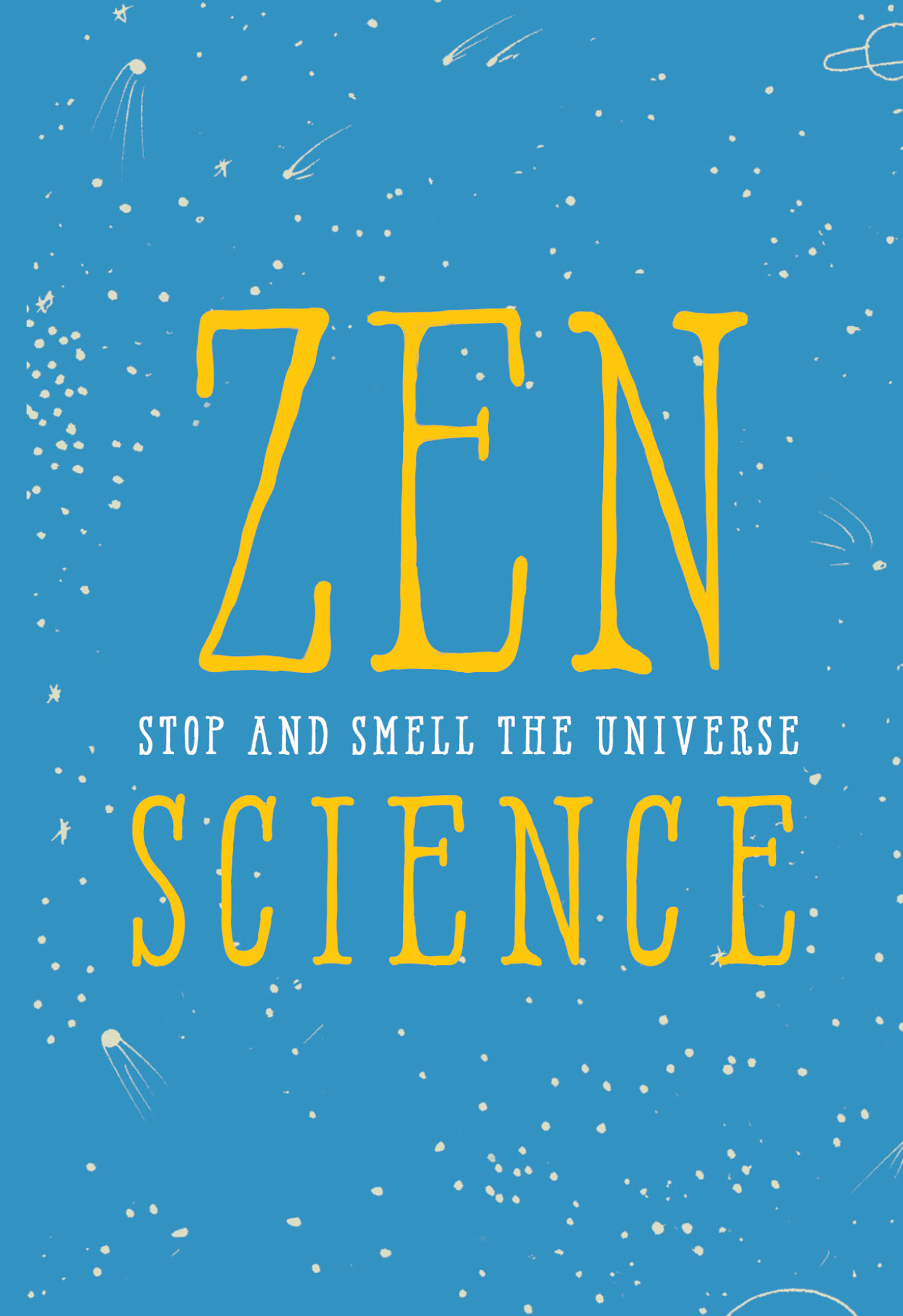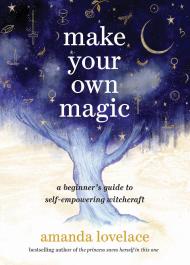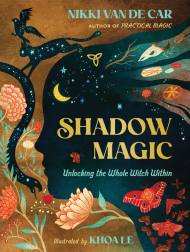Promotion
Use code MOM24 for 20% off site wide + free shipping over $45
Zen Science
Stop and Smell the Universe
Contributors
Formats and Prices
Price
$9.99Price
$12.99 CADFormat
Format:
ebook $9.99 $12.99 CADThis item is a preorder. Your payment method will be charged immediately, and the product is expected to ship on or around March 20, 2018. This date is subject to change due to shipping delays beyond our control.
Also available from:
It takes 30,000 years to create a single ray of sunlight. A pinch of soil contains 1 billion living organisms. For virtually all of the earth’s existence — 99.9994% of time — there were no human beings.
These simple reflections are also deeply profound, revealing how vast and awe-inspiring the natural world truly is. With more than 100 of the most surprising, thought-provoking facts about our planet, Zen Science leads readers towards mindfulness, wonder, and spiritual contemplation. This gentle guide is illustrated throughout with charming line drawings and can be read straight through or consulted periodically for a bite-sized piece of inspiration and joy.
Genre:
- On Sale
- Mar 20, 2018
- Page Count
- 176 pages
- Publisher
- Running Press
- ISBN-13
- 9780762461745
Newsletter Signup
By clicking ‘Sign Up,’ I acknowledge that I have read and agree to Hachette Book Group’s Privacy Policy and Terms of Use







